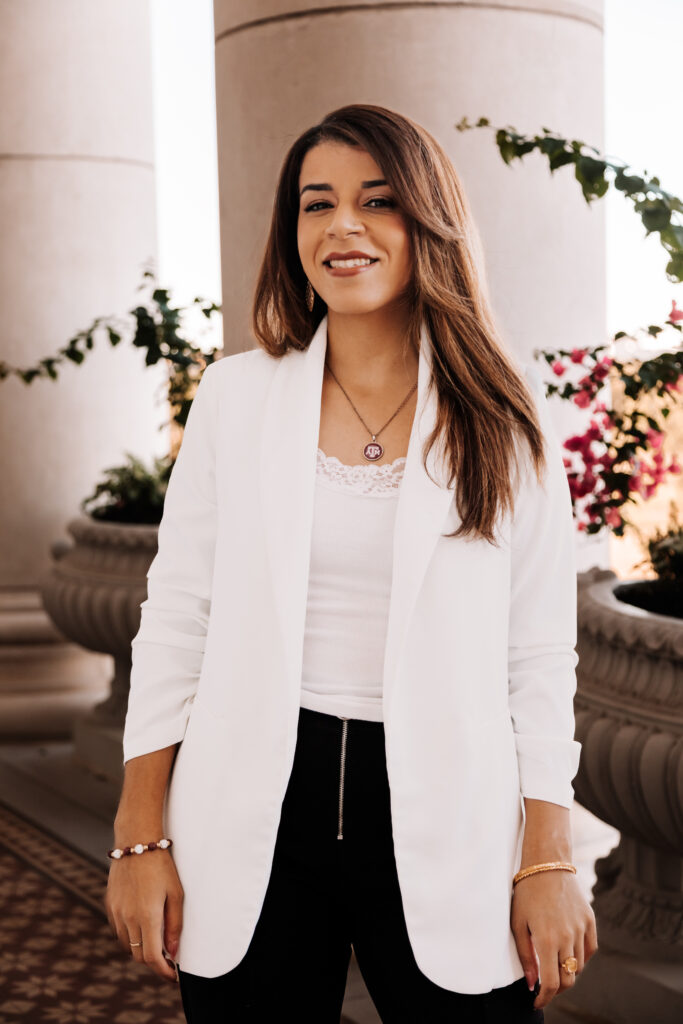Dahlia M. Taha | Al Enteshar Newspaper
Green spaces, defined as areas rich in vegetation, play a pivotal role in urban and rural environments, offering recreation, biodiversity sanctuaries, and essential ecosystem services. Their importance becomes even more pronounced in the context of disaster recovery, where they serve as vital elements for psychological healing and community resilience, proving essential for mental health recovery of victims as well.
In the wake of such calamities, immediate efforts typically concentrate on rebuilding physical infrastructures, such as homes and businesses. However, the psychological recuperation of the affected populations, including those in marginalized communities and low-income neighborhoods, is a critical yet frequently overlooked component of the recovery process.
Greening initiatives, which aim to reintegrate natural elements into devastated urban landscapes, are crucial for emotional and psychological healing. These initiatives not only restore the environment but also substantially enhance the mental health and well-being of disaster-impacted individuals.
Scientific research has demonstrated the positive effects of natural environments on human psychology. Exposure to green spaces has been shown to reduce stress, improve mental well-being, and foster a sense of community and belonging, according to a paper headlined by researchers Alcock and White in 2013 and published in several scientific journals. Although they recognize the issue has not extensively been studied, they found that spending at least 120 minutes a week in nature is associated with good health and wellbeing.
A study from 2019 by Denmark’s University of Aarhus found that childhood exposure to green space—parks, forests, rural lands, etc.—reduces the risk for developing an array of psychiatric disorders during adolescence and adulthood.
Lived experience by communities find that the research is reflective of their own. Mohammed Layedi, a new father from California whose family home was affected by the wildfires in 2020, shared his experience during an interview with Alenteshar.
“My wife and I were at a loss after the stream of wildfires that struck our community in 2020. We could no longer take our little girl out on walks as the air felt toxic,” he recounted.
Though despite this, Mohammed and his wife found solace and comfort in the green spaces of a neighboring community, taking regular walks in the park with their new child. This simple activity became a vital coping mechanism, helping them deal with the aftermath of the disaster. For Mohammed’s wife, who was experiencing postpartum challenges, these moments in nature provided a much-needed respite, aiding her mental and emotional recovery.
“I didn’t mind driving out over two hours to ensure we could get to parks and spaces with clean air so we could get out of the house, Layedi explained “It can feel suffocating being stuck in the house all day, you know? It was important to my wife that we got that outdoor time as a family ” Layedi continued.
For marginalized communities and low-income neighborhoods, which often place a strong emphasis on family and community connections, these green spaces can become essential hubs for social interaction, cultural expression, and communal support during challenging times.
Mental health in these communities is often stigmatized, making the need for accessible, non-stigmatizing forms of psychological support, like green spaces, all the more crucial. The cultural nuances around mental health can lead to underreporting and a reluctance to seek traditional forms of psychological help. Green spaces offer a subtle yet powerful means of support, providing a neutral and welcoming environment where individuals can find solace and peace, away from the pressures of stigma and societal expectations.
Moreover, the community spaces in urban settings can provide a sense of continuity and identity. The tranquil settings of parks and community gardens can serve as communal gathering spots, aiding in the holistic recovery process.
The evidence is clear: green spaces are not just luxuries but necessities that play a critical role in mitigating the adverse effects of urbanization and disaster impacts. They provide a buffer against mental health challenges, enhance biodiversity, and offer vital opportunities for social interaction and physical activity, which are crucial during the recovery process.
Moreover, these natural environments foster a sense of community identity and belonging, providing a platform for cultural expression and social cohesion, which is especially important in diverse and economically disadvantaged areas.
This story was produced as part of the Greening of LA ethnic media project, a collaboration between EMS and UCLA/LENS.
Dahlia Taha wrote this fellowship story for Al Enteshar, a newspaper published online and printed twice a month by the Arab American Press based in Los Angeles, covering issues pertinent to the Arab American community in Southern California.
“Access to Nature and Green Spaces Has Impact on Mental Health and Could Aid Disaster Recovery” discusses studies which show how urban greening initiatives, and proximity to green space, can positively impact the mental health of local residents, even reducing the risk for psychiatric disorders during adolescence and adulthood.
Commenting on their work, Taha and her co-fellow Fatmeh Bakhit — publisher of Al Enteshar — said “Parks, beaches and green spaces are very important to us as they give us an opportunity to detach from the craziness of our everyday lives and just enjoy nature. We believe it’s our responsibility to take care of nature, as it’s our home.”





